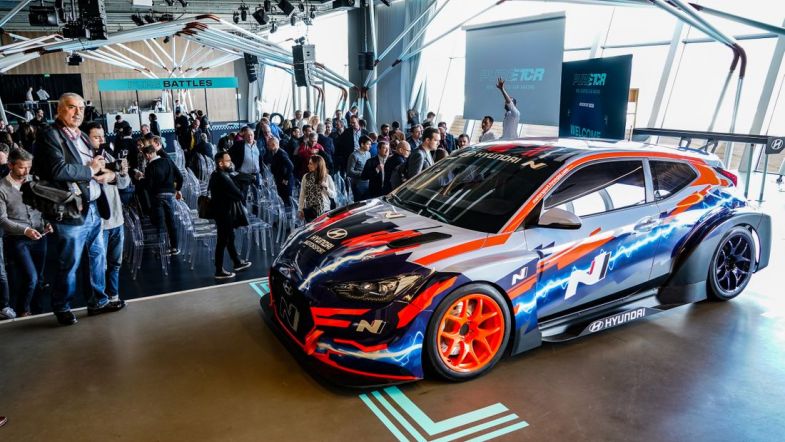PURE ETCR budgets expected to sit at WTCC TC1 levels
Eurosport Events boss Francois Ribeiro expects the costs of competing in the newly-launched PURE ETCR electric touring car series to be comparable with the old WTCC TC1 budgets.
The World Touring Car Championship utilised the TC1 regulations in the final years leading to its ultimate demise in 2017, with the series then morphing into the considerably cheaper TCR-based World Touring Car Cup (WTCR) in 2018.
The implementation of TCR rules has seen a boost in grid numbers for world touring car racing’s top-tier championship, only for fresh concerns to be cast ahead of 2020 as increasing manufacturer involvement again appears to threaten the viability of the series – leading to recent cost-cutting measures that include a reduction from three- to two-race weekends this season.
Despite the high costs attributed to the TC1 era, and the recent WTCR developments, Ribeiro however refused to view the cost structure of PURE ETCR as a problem – opting instead to highlight its wider appeal.
“Yes, the cost of the ETCR car compared to TCR will be higher, for sure,” said Ribeiro, as touring car racing’s newest series was launched in Paris on Wednesday.
“I would expect PURE ETCR to be, for a manufacturer, maximum at the cost of what WTCC TC1 regulations were in the last years.
“But then you need to take into account the running costs per kilometer, and especially the capacity when you run electric to find sponsors for privateers. Go out there [today] and try to find sponsors for combustion engines… Even in the most famous world championships, it’s difficult. Look at the success of [electric trailblazer] Formula E: the amount of sponsors they manage to bring at series and team level is just phenomenal.
”So yes, the cost will be higher for ETCR than WTCR, but the re-financing capacity will be even higher.”
Ribeiro went on to detail that the so-called E-kit – which includes a standard battery, powertrain and cooling system, and which is sold centrally to teams – is influencing the higher PURE ETCR costs, while the chassis regulations remain ”very restricted”.
”Most of the manufacturers we spoke to said they simply want to go racing with their electric products,” Ribeiro concluded.
”If you start to open up the technology, the costs are rising immediately. They will have the VCU (control unit) management freedom to make a difference, and adaptation of the E-kit to their respective chassis. The E-kit does have a fixed price.
”We have tried to manage the costs.”









